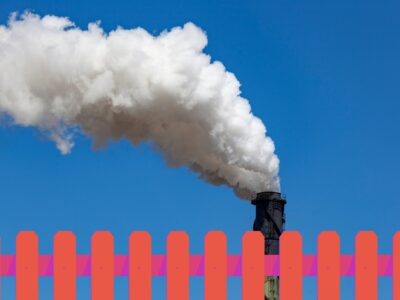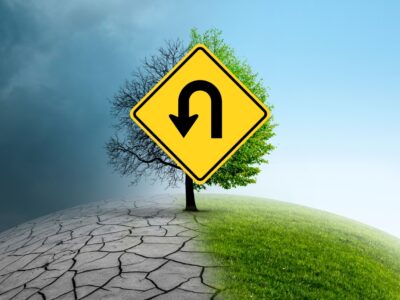Looking Ahead to 2050
Since New Year’s Eve is both a time for nostalgia and for looking ahead, it seems appropriate to see what the world will look like at mid-century. The world will be facing considerable challenges then.
The population will be bigger. The United Nations predicts that the world population will grow by 2 billion to 9 billion people by 2050, with the most growth in Africa and South Asia. (Discovery News) Pew predicts a U.S. population of 438 million, about 20% of whom will be immigrants.
Food will be an issue. To feed nine billion people, “we will need to produce as much food in the next 40 years as we have in the last 8,000.” (Discovery News) It’s hard to see how we can manage that without using all available tools including GMOs.
Water will also be an issue. Scientific American reports that the world will add 3 billion people in cities, most of them in developing areas in India, West Africa and China, and this urban growth and climate change will leave about a billion people short on drinking water.
Economic power will shift. China, United States, and India will be the three largest economies in the world, according to Goldman Sachs.
The world will be getting a lot warmer. The OECD predicts that, “without more ambitious policies than those in force today, greenhouse gas emissions will increase by another 50% by 2050, primarily driven by a projected 70% growth in CO2 emissions from energy use.” Average global temperatures will be up 2°C in this scenario (and over 3° C in the U.S. Mountain West and Alaska).
The oceans will be in trouble. UNEP says the acid level could be up 150%. Stanford scientists predict that all global fisheries could collapse from overfishing by then.
There will be less room in the ark. A major study predicts that ten percent of current species will be extinct by 2050.
We obviously have some room to moderate these changes, and unexpected events may forestall others. (But keep in mind that other unexpected events could make things worse.) We need to be thinking seriously now about the technologies, economic shifts, and governance mechanisms we will need to deal with these potential problems. The private sector may handle some of the issues, but public intervention will be needed for others.
It’s time to start getting ready. 2050 is only 37 years and one day from now.
Reader Comments
2 Replies to “Looking Ahead to 2050”
Comments are closed.








Reblogged this on SMIPP Ltd..
Reblogged this on SMIPP Ltd..